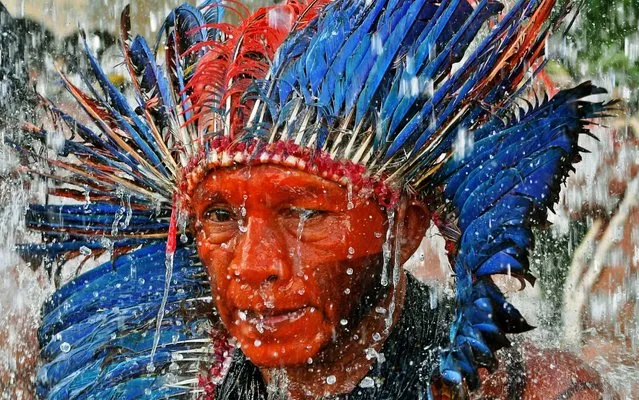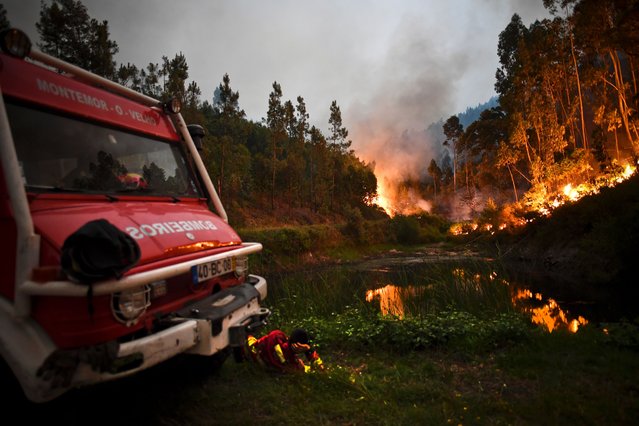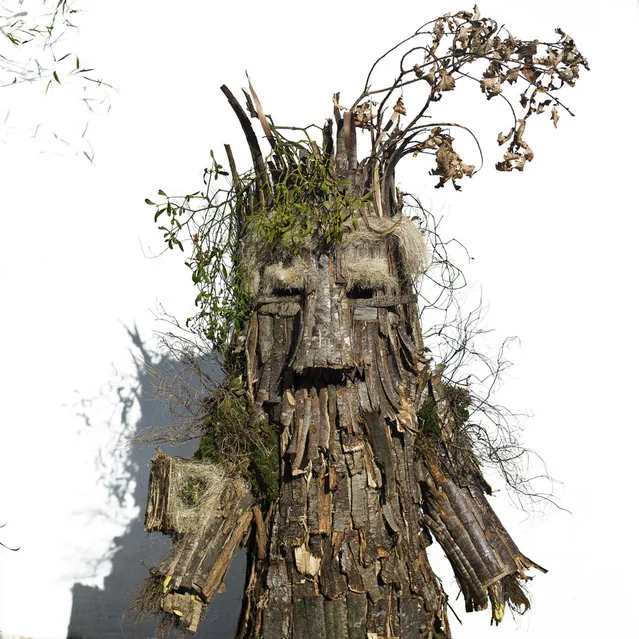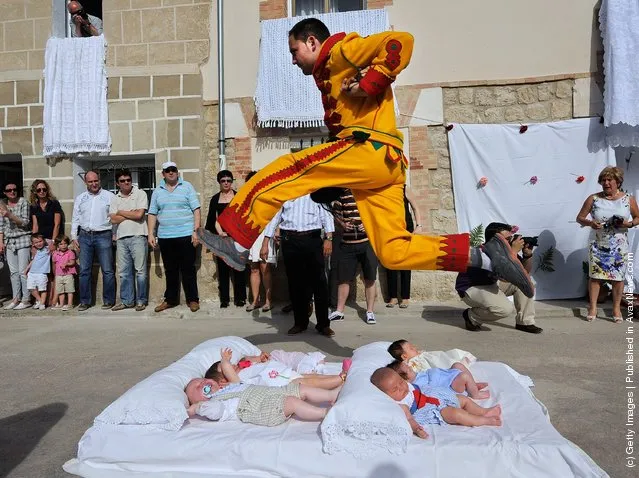
In this Sunday, March 31, 2019, file photo, Marc Marquez, of Spain, drives his motorcycle during the Moto GP race at the Termas de Rio Hondo circuit in Argentina. The reigning MotoGP champion has dominated the Circuit of the Americas from the year it opened and the Repsol Honda rider comes back right back on top of the season standings in a chase for a sixth title in seven years. (Photo by Nicolas Aguilera/AP Photo/File)
15 Apr 2019 00:01:00,post received
0 comments







